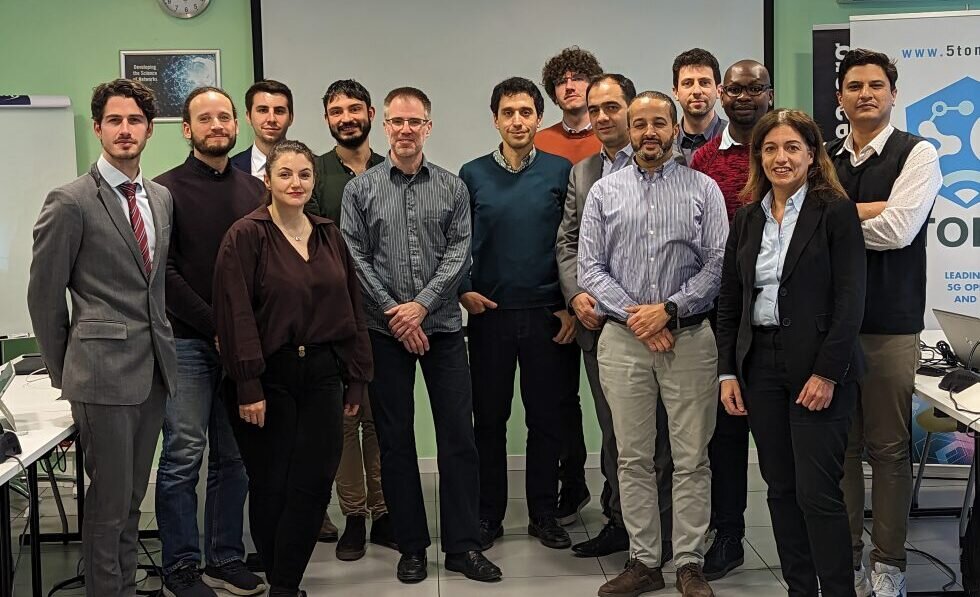
He Spanish project Enable-6Gwhose mission is study the full potential of future 6G communication networks, has begun its journey. The project is a collaboration between the IMDEA Networks Institute, Telefónica, NECand the Spanish consultancy BlueSpecs. In addition, it is financially backed by the European Union’s NextGenerationEU pandemic recovery fund, and by the Ministry of Economic Affairs and Digital Transformation of Spain.
Its objective is to identify and discover the challenges and problems that the promoters of the study believe that the companies in charge of the development and deployment of these future networks will have to face. Among these obstacles are the demand for more and more connectivity and ever higher performance requirements.
According to Telefónica, one of the entities participating in this project, one of its main purposes is to ensure that sufficient privacy protections are incorporated into the architecture, since it offers much more precise and advanced new mapping and detection capabilities. Another priority is the design and implementation of software-defined networks, capable of managing time-critical services, as well as a geographically distributed network orchestration.
In addition, at Telefónica they raise the need for 6G networks to be more flexible and intelligent, in order to make the vision that they have the capacity to address higher levels of complexity, contextualization and data traffic a reality. But also, getting them to do it with lower energy consumption and with stronger security and privacy measures.
Specifically, for the members of the project it will be a challenge to reduce the energy footprint of each device in these networks, with the aim of avoiding a notable increase, in general, in network energy consumption if they have many more devices connected to them.
The international and multidisciplinary IMDEA Networks team is at the forefront of 6G research and development in Spain, and its researchers intend to take a comprehensive approach when addressing the problems faced by 6G networks.
For it, the Enable-6G project is composed of two subprojects: RISC-6G and MAP-6G. The first will deal with the study of the largest wireless spectrums and the highest frequencies, together with advanced technologies. These include reconfigurable smart surfaces, visible light communication, and radio frequency backscatter.
The team of the second of these two projects will use machine learning techniques to create communication and location mechanisms that offer ultra-low latency and reliable location services. These mechanisms will generate methods of preserving privacy by design.
The researchers also intend to demonstrate the benefits of 6G, including increased location accuracy, reliability, coverage, and efficiency. Among other things, they are dedicated to offering innovative solutions for the wireless networks of the future.
As for the members of the teams that participate in these projects that come from Telefónica i+D, they will be in charge of using machine learning analysis to control the network, developing scalable and distributed algorithms to preserve privacy, conducting proof-of-concept tests , and use the resources to achieve the objectives of the project.
Nec Europe will be represented at Enable-6G by Nec Laboratories Europe and Nec Ibérica. Both entities will integrate and optimize reconfigurable smart surfaces in radio access networks (RAN) and Open RAN architectures, in addition to advancing RIS prototyping with some of their clients.
BluSpecs, for its part, is a digital transformation agency, which will be responsible for the exploitation, commercialization and communication of the technologies, giving priority to the social, economic and technological value of the results of both projects, as well as the degree of preparation that have the market



